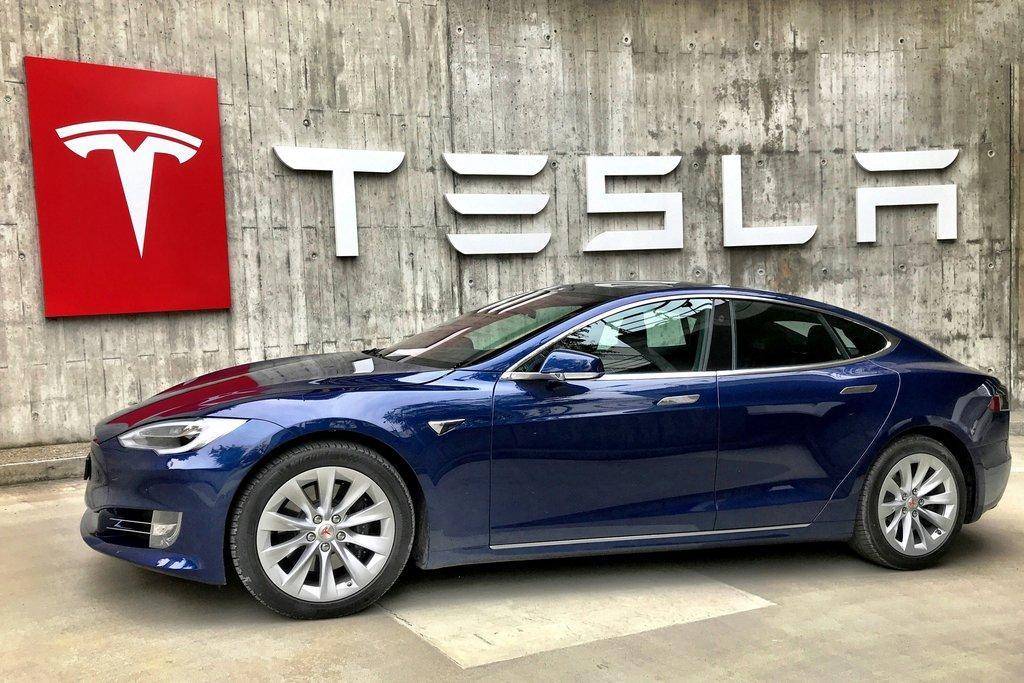
Tesla's Q2 deliveries drop 19% YoY, highlighting global EV demand softness. Explore key risks, sector impacts, and strategic investment insights.
Featured Company Profile
TSLA
Tesla, Inc.
$310.78
999.63 Billion
N/A
N/A
Auto - Manufacturers
Consumer Cyclical
Introduction:
Tesla is confronting a significant test of momentum as updated forecasts indicate a meaningful decline in Q2 vehicle deliveries. The slowdown reflects broader trends in the electric vehicle (EV) sector, including moderating demand across major markets and intensifying competitive pressures. Investors are closely monitoring whether this signals a temporary dip or a structural shift in growth trajectory.
Macro Trends Breakdown:
The Good 🌟:
- Strong Market Position: Tesla continues to maintain leadership in global EV markets, backed by a recognized brand and a robust production infrastructure.
- Operational Efficiency: The company's integrated supply chain and manufacturing scale enable competitive cost advantages.
- Product Innovation Pipeline: New model releases and technology enhancements could reignite consumer interest and demand.
The Bad 💩:
- Lower Q2 Delivery Expectations: Current estimates suggest deliveries may total approximately 360,000 units—representing a nearly 19% year-over-year decline.
- Geographic Weaknesses: Sales data from key regions, including China, Europe, and North America, point to slower-than-anticipated growth in Q2.
- Macroeconomic Headwinds: Higher interest rates and economic uncertainty are weighing on consumer discretionary spending, including big-ticket EV purchases.
The Ugly 🤯:
- Demand Uncertainty: The sustained delivery shortfall raises questions about underlying demand strength and long-term volume growth potential.
- Margin Compression Risks: To stimulate sales, further pricing adjustments may be necessary—potentially at the expense of profitability.
- Market Share Vulnerability: As legacy automakers and new entrants gain ground in the EV space, competitive dynamics are shifting rapidly.
Investing Insights:
Sectors Poised to Outperform 💪
- EV Component Suppliers: Companies involved in battery production, semiconductors, and vehicle electronics may benefit from broader industry growth regardless of individual brand performance.
- Diversified Automakers: Firms with balanced portfolios that include both internal combustion and electric vehicle offerings could be more resilient in a mixed-demand environment.
Sectors at Risk ⚡
- Pure EV Manufacturers: Companies solely focused on electric vehicles may experience heightened volatility and valuation pressure amid demand softness.
- Luxury Automotive Segment: High-end vehicle demand could face headwinds if economic conditions remain uncertain or if consumer preferences shift toward more affordable models.
Biggest Risks Ahead:
- Macroeconomic Slowdown: Economic deceleration could lead to reduced consumer purchasing power.
- Intensifying Competition: An increasingly crowded EV landscape may pressure pricing and market share.
- Supply Chain Challenges: Any resurgence in logistical disruptions could affect delivery volumes and costs.
- Innovation Plateau: Without significant product advancements, consumer enthusiasm could diminish over time.
Final Take: Investment Strategy Recommendations 💡
- Balanced Exposure: Consider a diversified approach that includes established automakers, energy storage providers, and mobility technology companies.
- Risk Management: Reduce concentrated exposure to single-brand EV plays until greater visibility on demand trends emerges.
- Focus on Fundamentals: Prioritize firms with strong cash flows, cost discipline, and scalable platforms.
- Opportunistic Positioning: Monitor for attractive entry points in undervalued areas of the EV supply chain.
Conclusion:
As the electric vehicle sector matures, Tesla’s latest delivery outlook reflects both the growing pains of a transitioning industry and the evolving preferences of a more selective consumer base. The coming quarters will be pivotal in determining whether the recent softness in demand is a temporary pause—or an early signal of structural realignment within the global auto market.
Independent Analysis & No Investment Advice EstimatedStocks AB is an independent financial research platform. This publication is ...


